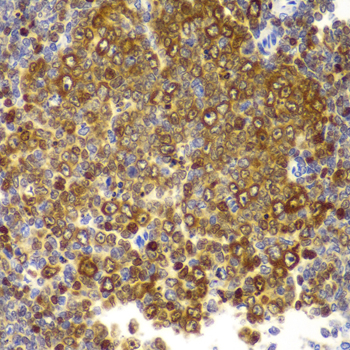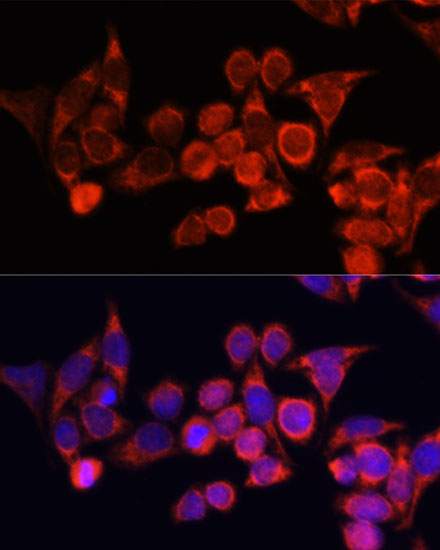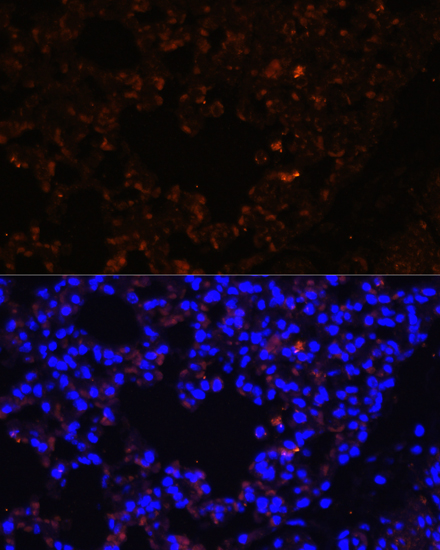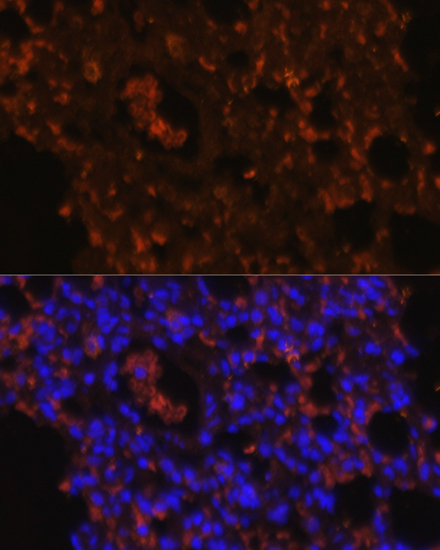TLR2 Polyclonal Antibody
Catalog Number
RD80548A
Variation
Quantity
For more information on our kits, please contact us at info@reddotbiotech.com
Overview
Product Name
TLR2 Polyclonal Antibody
Catalog Number
RD80548A
Purification Method
Affinity purification
Isotype
IgG
Host
Rabbit
Background
The protein encoded by this gene is a member of the Toll-like receptor (TLR) family which plays a fundamental role in pathogen recognition and activation of innate immunity. TLRs are highly conserved from Drosophila to humans and share structural and functional similarities. This protein is a cell-surface protein that can form heterodimers with other TLR family members to recognize conserved molecules derived from microorganisms known as pathogen-associated molecular patterns (PAMPs). Activation of TLRs by PAMPs leads to an up-regulation of signaling pathways to modulate the host's inflammatory response. This gene is also thought to promote apoptosis in response to bacterial lipoproteins. This gene has been implicated in the pathogenesis of several autoimmune diseases. Alternative splicing results in multiple transcript variants.
Immunogen Information
Immunogen
A synthetic peptide of human TLR2
Gene ID
7097
Swissprot
O60603
Synonyms
CD282TIL4TLR2
Applications
Reactivity
Human,Mouse,Rat
Tested Applications
IHC,IF
Conjugation
Unconjugated
Dilution
IHC 1:50-1:200 IF 1:50-1:100
Concentration
1 mg/mL
Storage Buffer
PBS with 0.02% sodium azide, 50% glycerol, pH7.3
Storage Instructions
Store at -20°C. Avoid freeze / thaw cycles.




